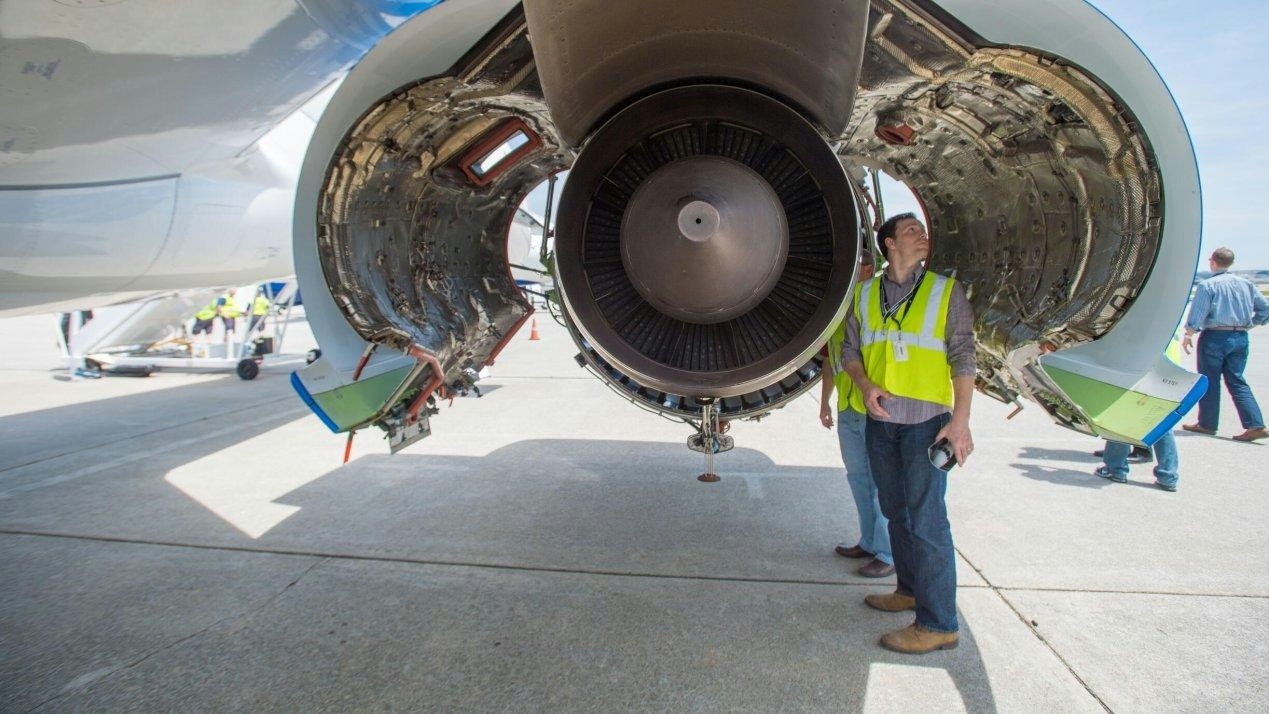
AeroGenie — Votre copilote intelligent.
Tendances
Categories
Comparing Rolls-Royce and General Electric Aircraft Engines
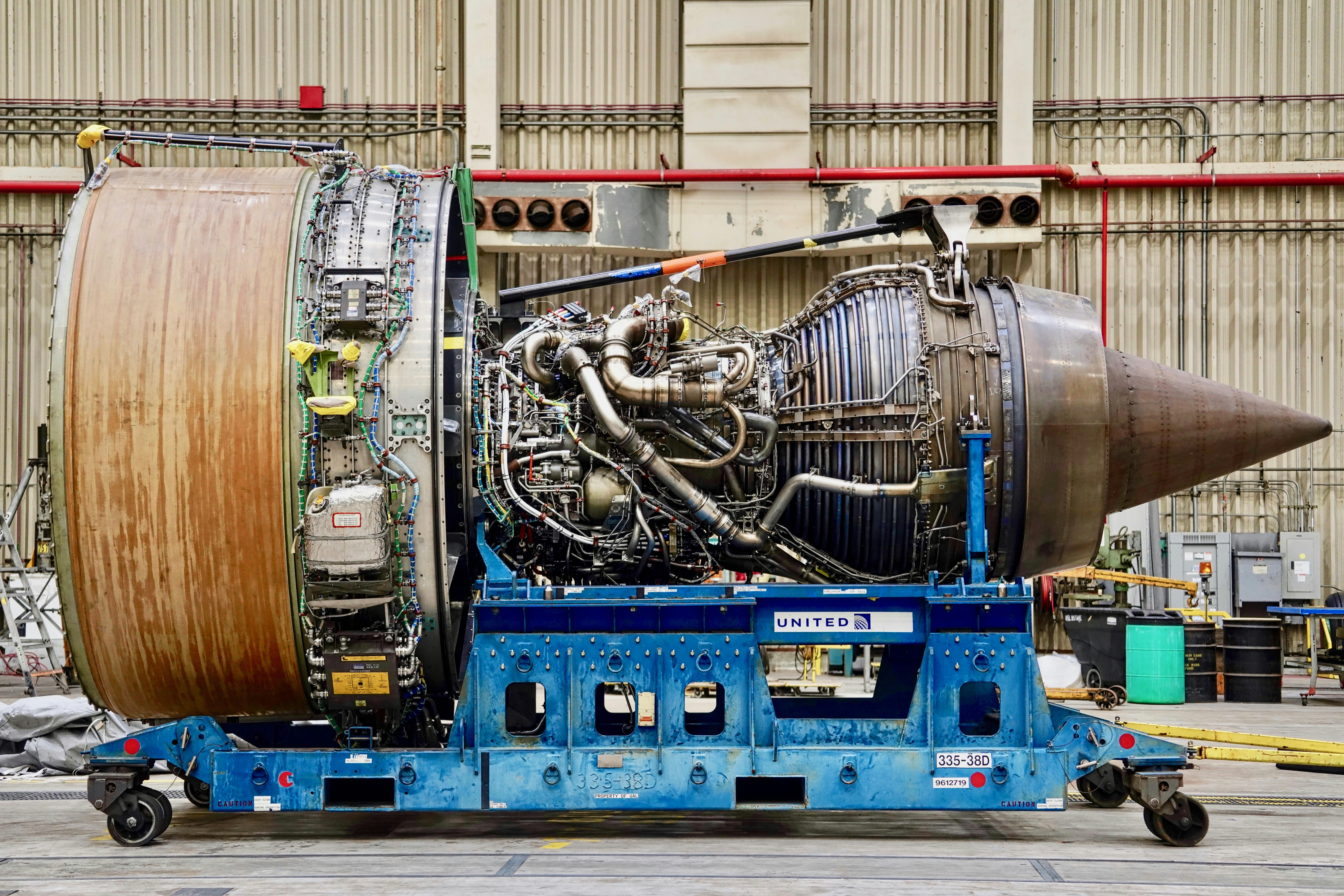
Comparing Rolls-Royce and General Electric Aircraft Engines
GE Aerospace and Rolls-Royce (RR) stand as the dominant forces in the large widebody aircraft engine market, shaping the trajectory of commercial aviation alongside competitors such as Pratt & Whitney (P&W) and Safran. Both companies have solidified their reputations as leading Original Engine Manufacturers (OEMs), yet their engines embody distinct design philosophies that translate into differing strengths and market positions.
The Widebody Engine Duopoly
The widebody engine market, once a competitive arena involving GE, RR, and P&W, has evolved into a near duopoly. Pratt & Whitney has strategically shifted its focus away from widebody engines, concentrating instead on models like the PW1000G designed for narrowbody aircraft including the Airbus A320neo, Embraer E-Jets, and Airbus A220. This pivot has effectively left GE and Rolls-Royce as the principal suppliers for widebody jets.
GE Aerospace has emerged as the primary engine provider for Boeing’s widebody aircraft. Its engines exclusively power the Boeing 777 and 777X models and are the preferred choice for the Boeing 787 Dreamliner. Conversely, Rolls-Royce holds the exclusive engine supply for Airbus’s A330neo and A350, although its engines are less frequently selected for the Dreamliner.
Contrasting Design Philosophies
The fundamental distinction between GE and Rolls-Royce engines lies in their core architecture. Rolls-Royce’s Trent series employs a three-spool core configuration—comprising Low-Pressure, Intermediate-Pressure, and High-Pressure spools—designed to achieve mechanical harmony and long-term fuel efficiency. This architecture delivers advantages such as lower nitrogen oxide (NOx) emissions and reduced noise levels, making RR engines particularly appealing to airlines prioritizing environmental performance and operational economy.
In contrast, GE Aerospace’s engines, including the GEnx and GE9X, utilize a simpler two-spool core consisting of Low-Pressure and High-Pressure spools. This design emphasizes power output, reliability, and ease of maintenance. GE engines are typically 10 to 15 percent lighter, feature fewer moving parts, provide higher peak thrust, and are renowned for their straightforward maintenance requirements.
In summary, Rolls-Royce engines are engineered to optimize efficiency and environmental impact, whereas GE engines focus on delivering raw thrust, operational reliability, and maintenance simplicity.
Market Dynamics and Emerging Technologies
The competition between GE and Rolls-Royce extends beyond commercial aviation into military and maritime sectors. Both companies adapt their airliner engines for naval applications, powering vessels within Western and allied fleets. Rolls-Royce also maintains a strong presence in the high-end business jet market.
Market conditions are rapidly evolving. GE Aerospace’s stock has reached record highs, buoyed by a global surge in jet-engine demand, increased air travel, and a robust aftermarket. Through its partnership in CFM International, GE has secured significant contracts and projects strong profitability. Meanwhile, Rolls-Royce is investing in innovative technologies, such as methanol-fueled engines for marine use, aiming to address environmental challenges despite facing considerable engineering obstacles.
The rivalry is increasingly global in scope. India’s anticipated $7.4 billion investment in fighter jet engines over the next decade has intensified competition between GE and Rolls-Royce for lucrative contracts and strategic partnerships. Rolls-Royce’s potential involvement in India’s fifth-generation stealth fighter program underscores its international reach, while GE’s strong financial performance and market share highlight its competitive advantage.
Conclusion
GE Aerospace and Rolls-Royce continue to drive innovation and competition across commercial, military, and maritime sectors. Their divergent approaches to engine design and market strategy ensure a balanced rivalry, with ongoing technological advancements and shifting market demands poised to sustain their prominence in the aerospace industry for years ahead.

Delta Air Lines Adopts Touchless ID and Biometric Technology Following Other Major US Airlines
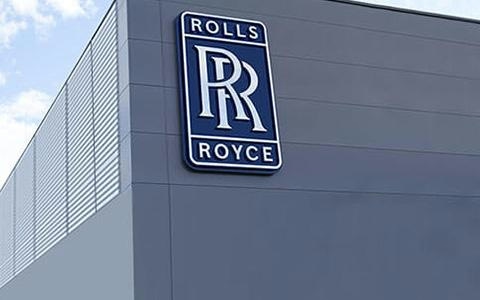
Air Europa Plans A350 Fleet Expansion Powered by Rolls-Royce Engines
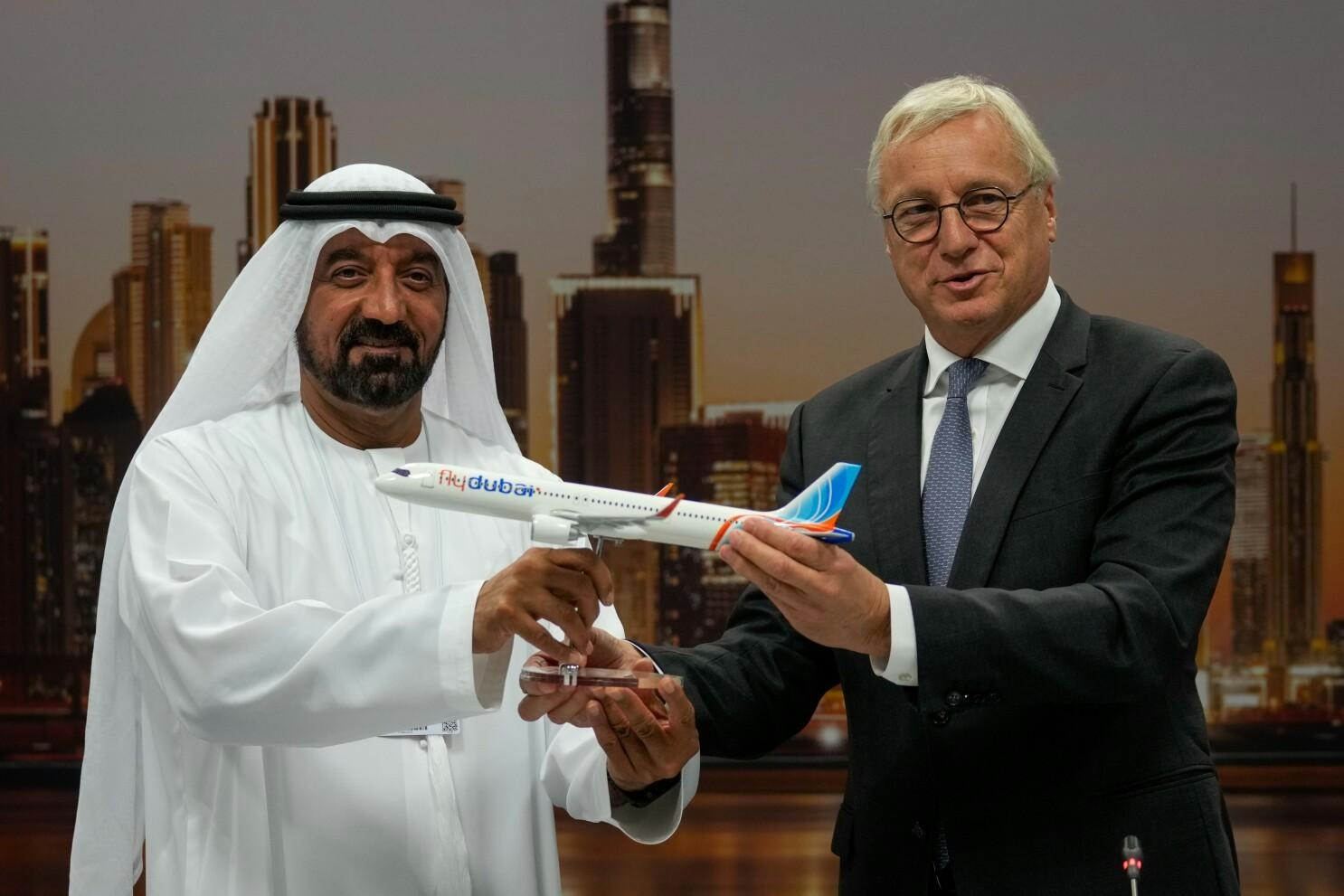
Flydubai CEO Cites Range and Size in Airbus Jet Order
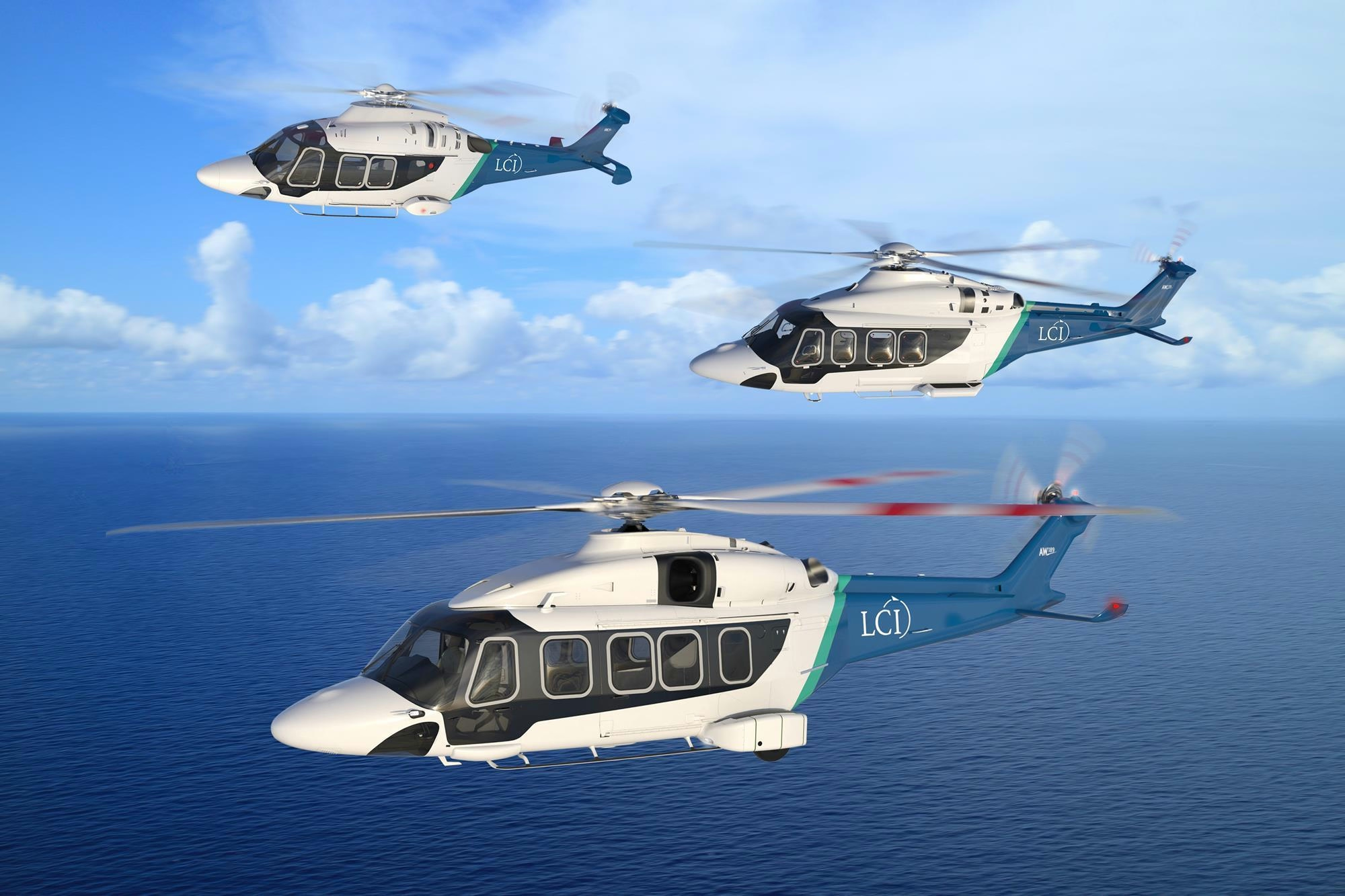
Helicopter Alliance Signs Deal for 12 Aircraft with New Leasing Company
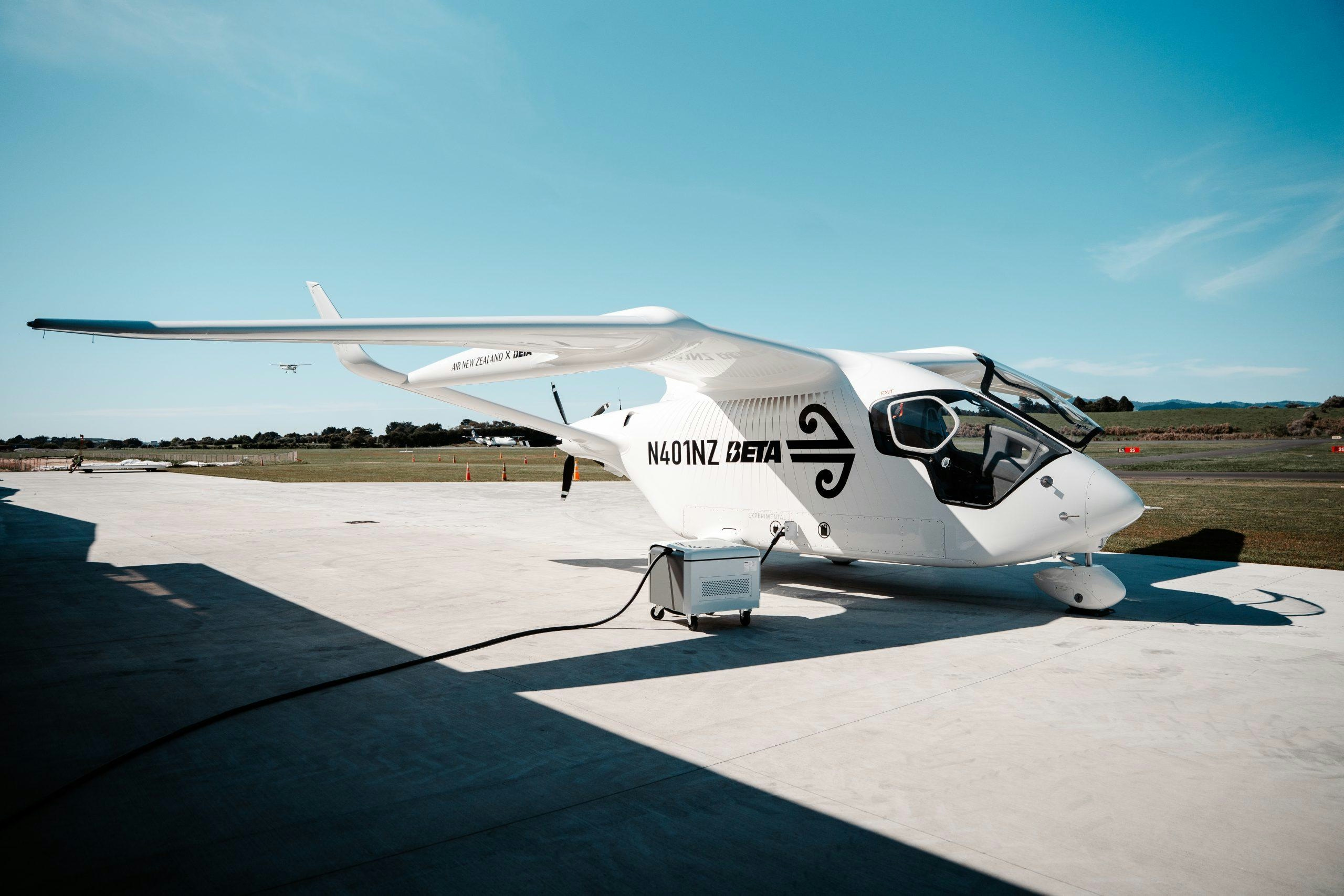
Abu Dhabi Airports Chooses BETA Technologies for Emirate’s First Air Mobility Network
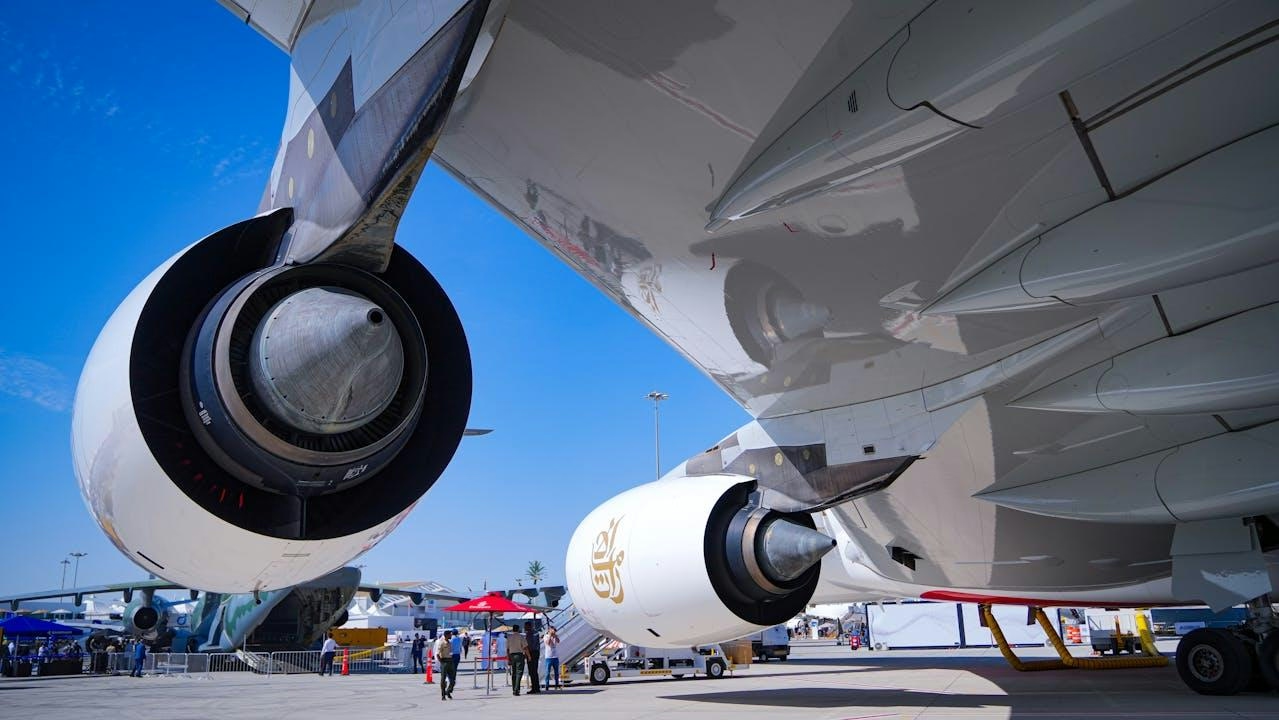
GE Tops Engine Orders at Dubai Airshow 2025
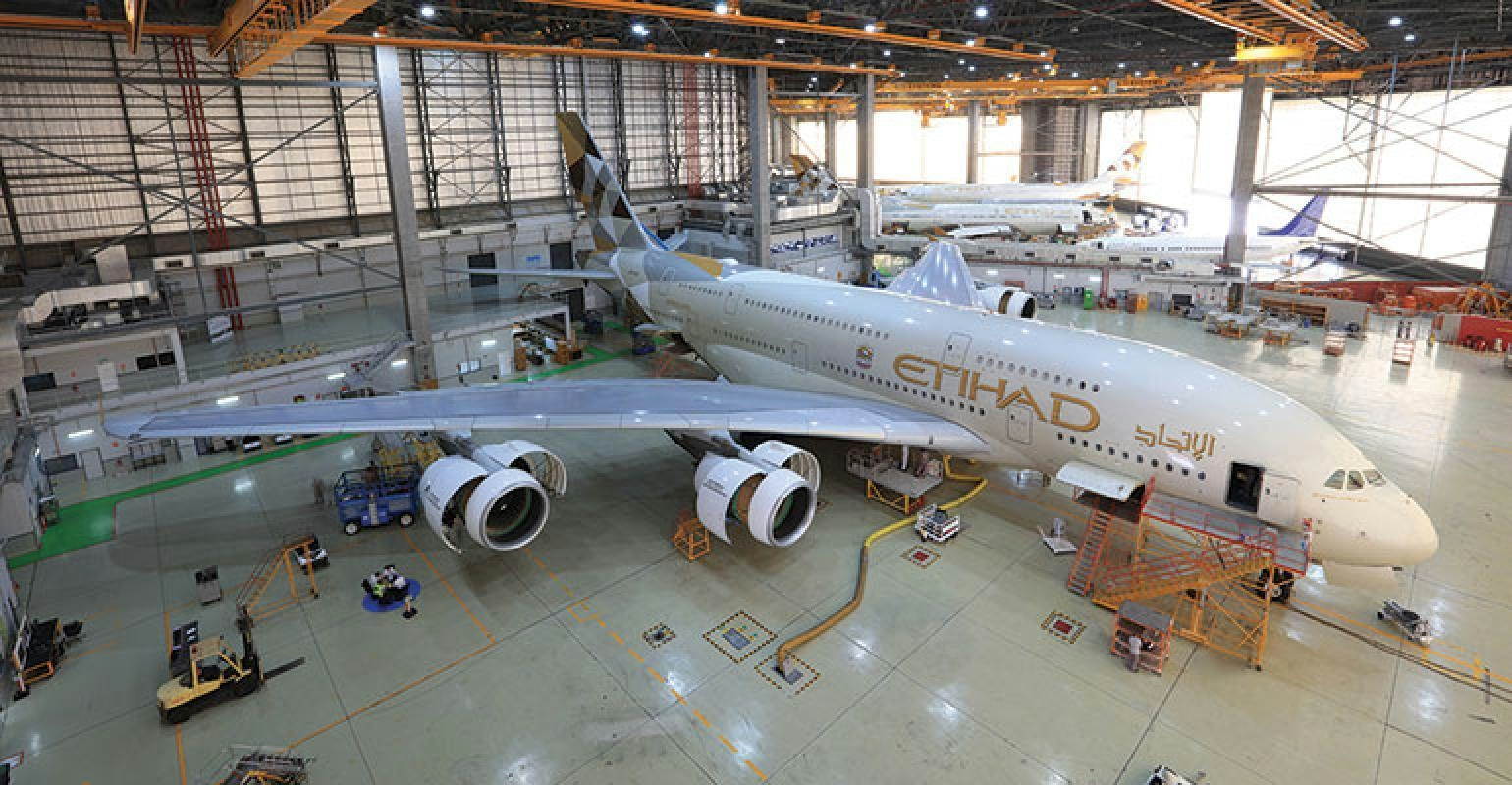
Etihad Airways’ Airbus Widebody Expansion Supports UK Manufacturing
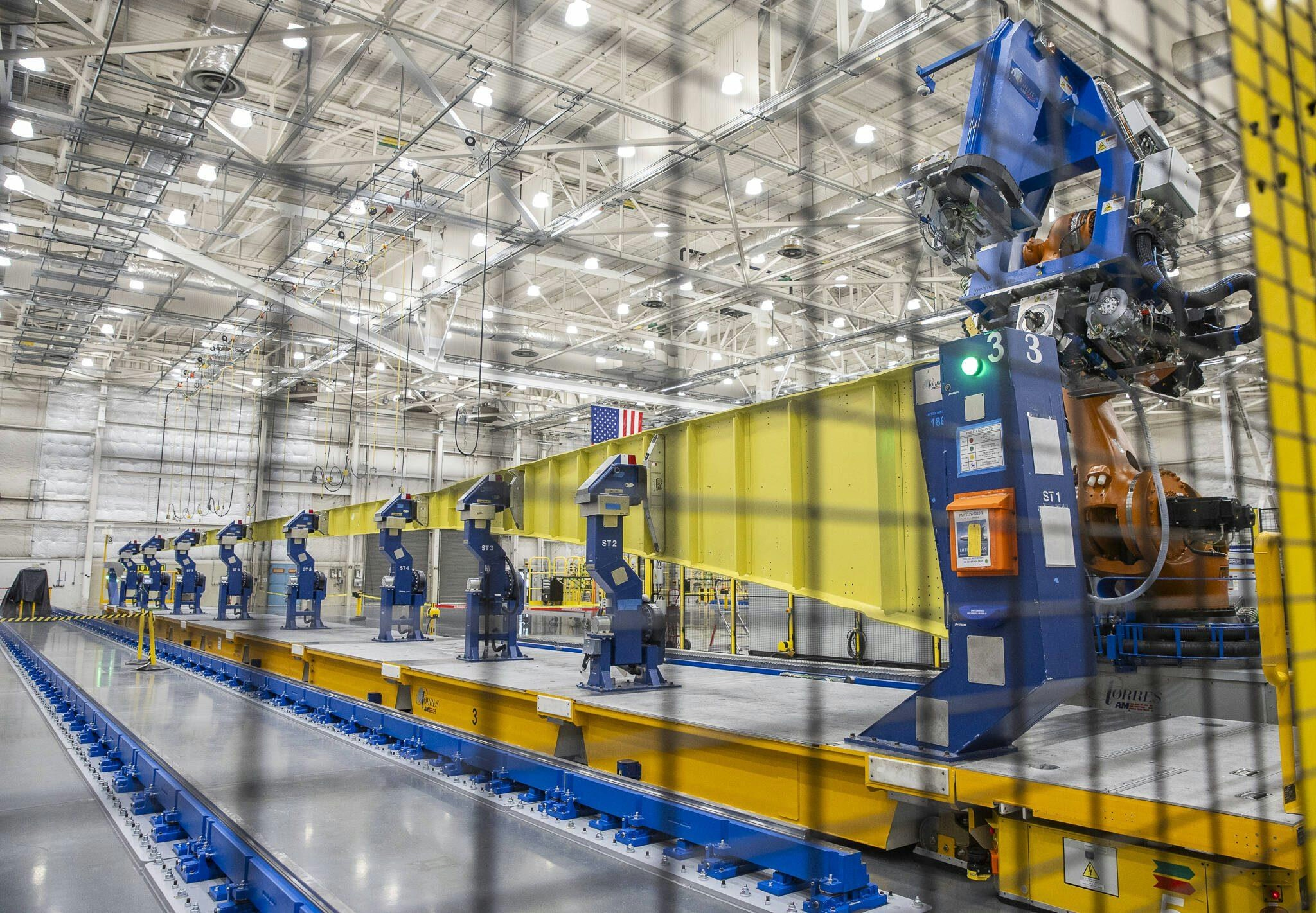
Boeing’s Progress on 777X Production
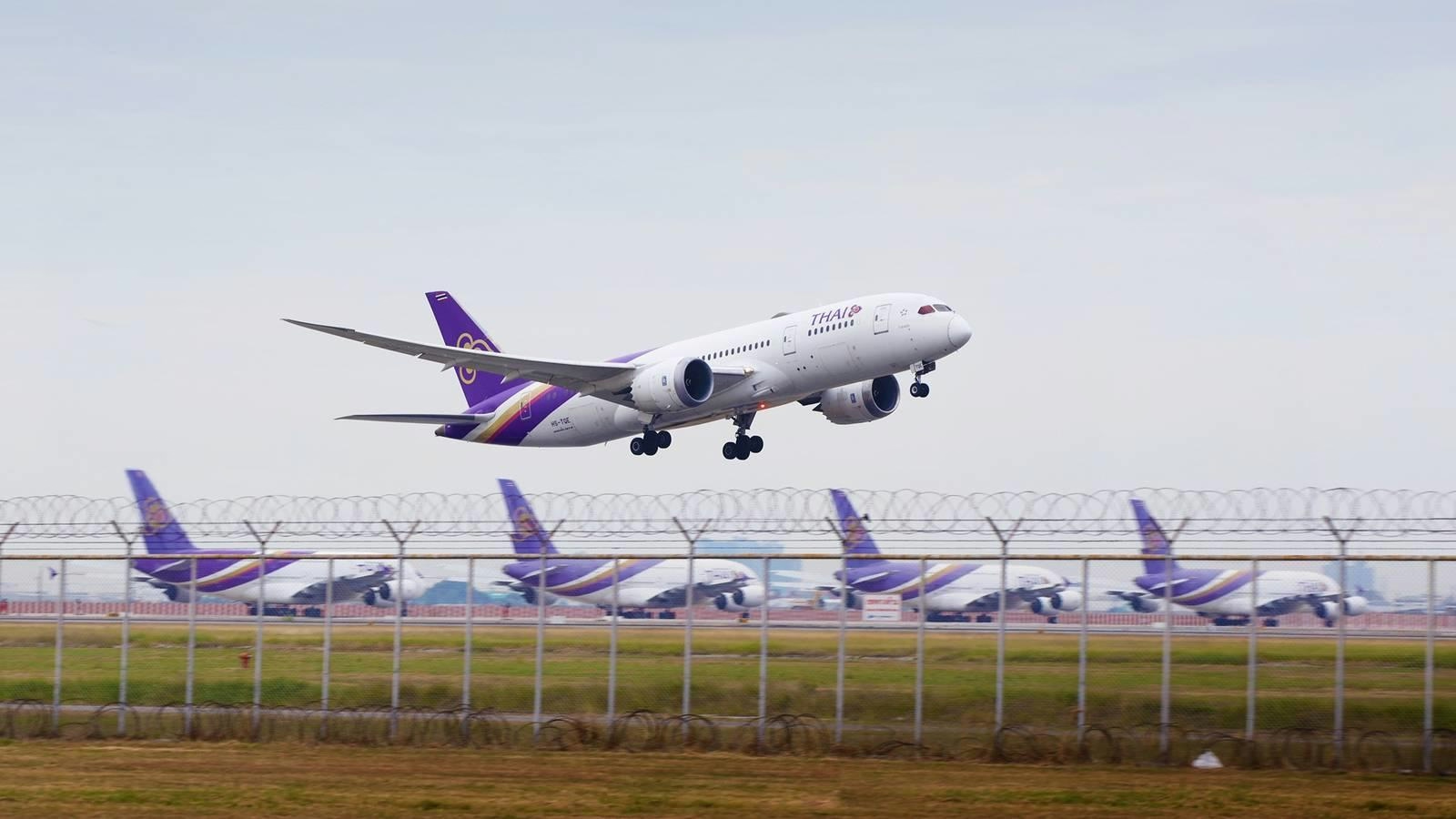
Thai Airways seeks more widebodies to develop its hub strategy
